Mu Cang Chai district in Yen Bai Province, Vietnam has been a fascinating place with its beautiful terraced fields during the rice seasons and unique local cuisine, yearly attracting many tourists. Additionally, it is enriched by the diverse culture of ethnic minorities in Mu Cang Chai Vietnam, which is celebrated through various special festivals. There are 3 main groups living here, of which Hmong and Thai ethnic people are showing the most distinct and well-preserved cultures. Experience all of this and learn about the vibrant cultural tapestry of Mu Cang Chai with Izitour.
When it comes to the Hmong and Thai ethnic groups, tourists will be reminded about their special traditional celebrations like the Thai's Xoe dance, mutual singing at Hmong weddings, traditional clothes, and other various unique community events.
Hmong Ethnicity in Mu Cang Chai
The Hmong are divided into four smaller groups: Black H'mong, White H'mong, Flower H'mong, and Red H'mong, creating a mixture of different ethnic cultural identities. The Hmong prefer to reside in areas between 800 to 1700 metres above the sea level, where they can see the high mountain slopes. In this region, they have developed many cultural traditions.
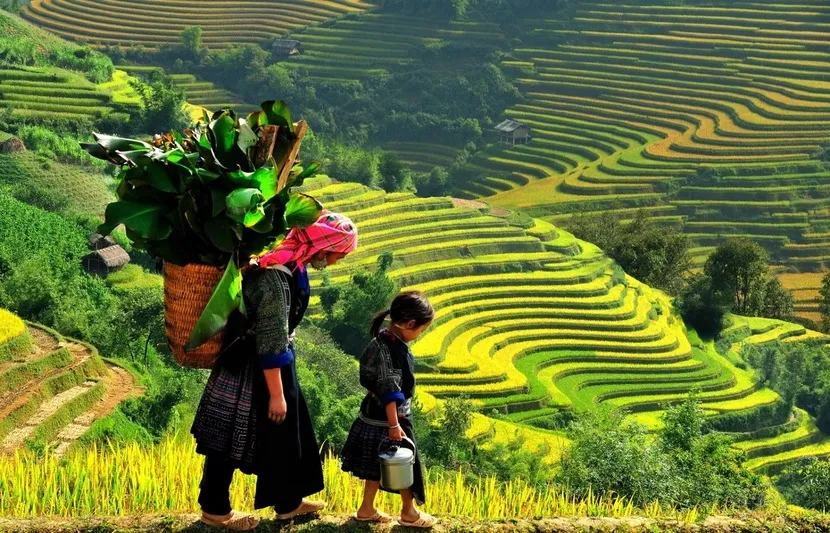
The Hmong people are an essential part of local culture with their unique traditions. When you visit Mu Cang Chai, you'll be able to experience their festivals, handicraft villages, and the beauty of their daily life. You can interact with their culture, learn about Hmong Tet celebrated a month before Lunar New Year, and take part in various activities like the Gau Tao festival, horse racing, and weaving. This place is also rich in people's stories and ethnic culture, where you'll witness lively dances, festivals, and stunning traditional costumes that are a significant part of Hmong life.
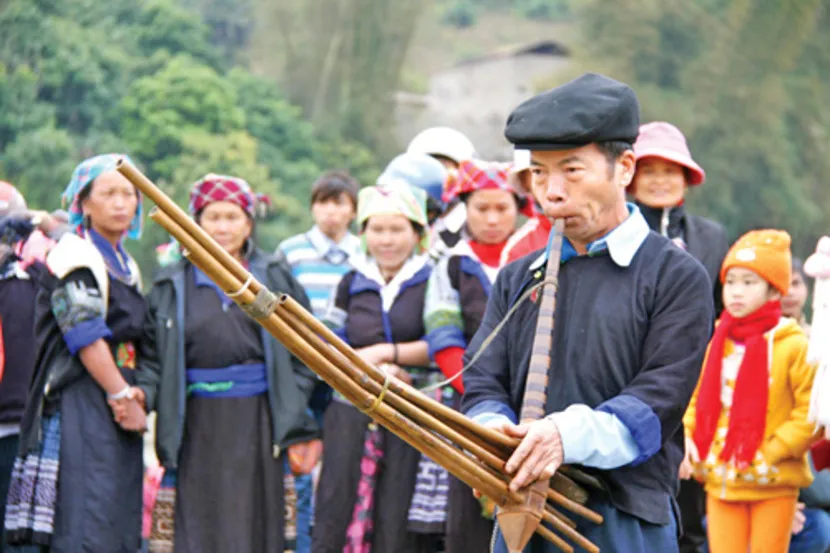
Khèn - a Hmong traditional musical instrument
The Hmong people have a remarkable culture which can be seen through many unique customs. For example, the way of building Hmong houses is different from other Mu Cang Chai ethnic groups. After constructing a house, they hold a ceremony called "worshipping the door god" in the sense of protecting their family members and belongings. Their beliefs are also distinct, as they not only worship ancestors and parents but also practise polytheism. They celebrate Hmong Tet one month before the Vietnamese Lunar New Year. On the 30th day of Tet, they put a handmade paper block on the wall and apply chicken blood on it as an offering to the gods, believing it brings wealth.
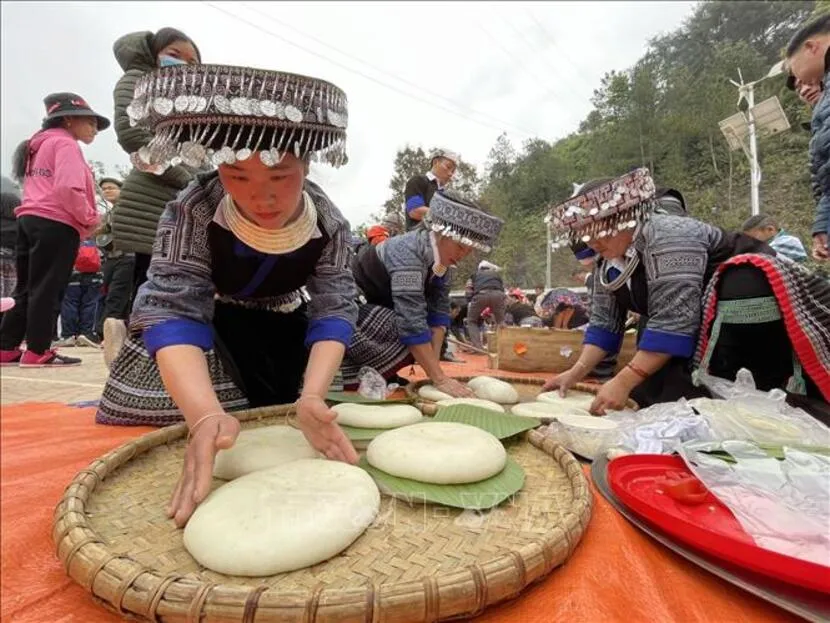
Hmong people are preparing for their own New Year
Thai Ethnicity in Mu Cang Chai
In Mu Cang Chai, the black Thai people have significant roles and a rich culture. Their traditions span from language to clothing, with indigo, black and plain being the prominent colours. They live in harmonious villages nestled in the valleys, where they cultivate rice and flax and weave cloth in harmony with nature.
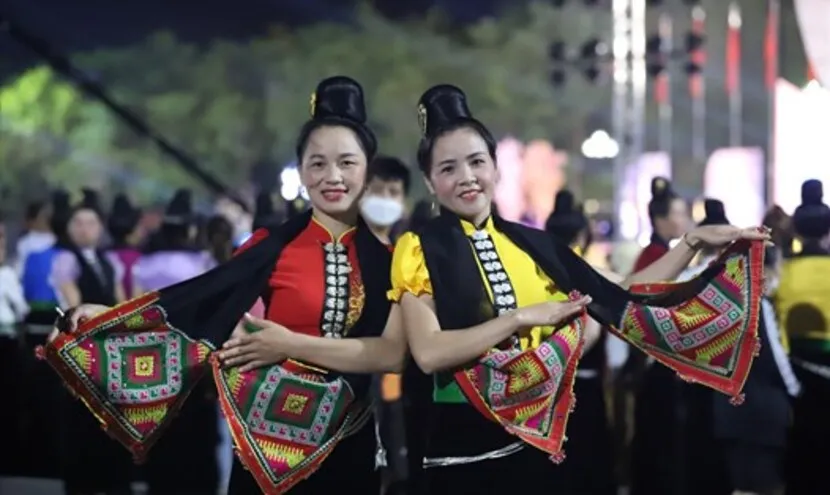
Traditional costume of Thai people in Mu Cang Chai
In Vietnam the architecture of Thai people is easy to recognise. The unique Thai houses on stilts are different from other Mu Cang Chai's ethnic minority groups' houses. They've been built for ages to withstand nature's harsh conditions, helping the Thai people survive and thrive. To create a strong and satisfying house on stilts, they carefully choose the right wood for the structure and thatched roof. These houses are usually about 2 metres high from the ground and have floors made of poplar, bamboo, aquilaria, or wood. Interestingly, despite being made of wood and grass or pine roofs, they don't use any iron in their construction. Instead, they use elaborate and sophisticated binding systems with bamboo slats, rattan trusses, or tree bark from the forest. Despite their simplicity, these houses on stilts are remarkably sturdy and durable, enduring forest rain, mountain winds, and the humid climate all year round.
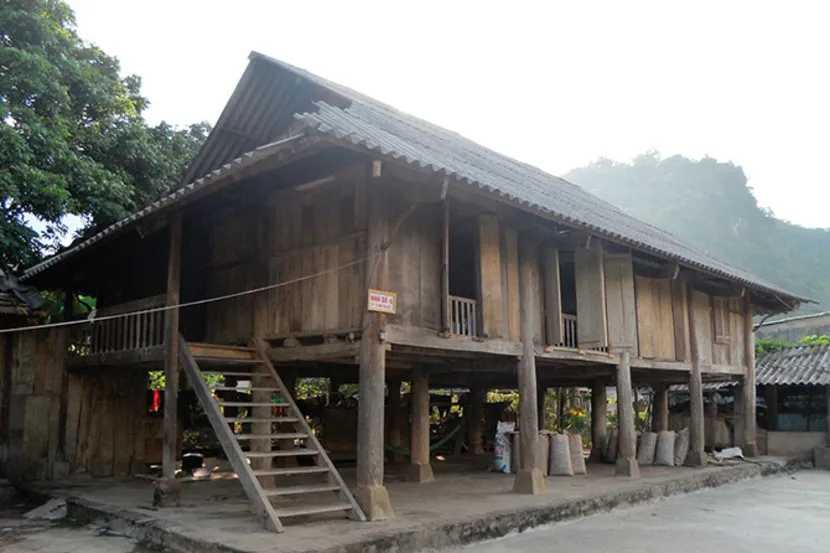
The White Thai stilt house has a rectangular roof with railings in front of the house
Xoe is a traditional Thai dance where people hold hands, form a circle and dance to music and songs. They gracefully move their arms and hands while drums and trumpets play. The Xoe dance circle is getting wider as more and more people participate. This beautiful dance symbolises community unity and was declared a UNESCO intangible cultural heritage in 2019.
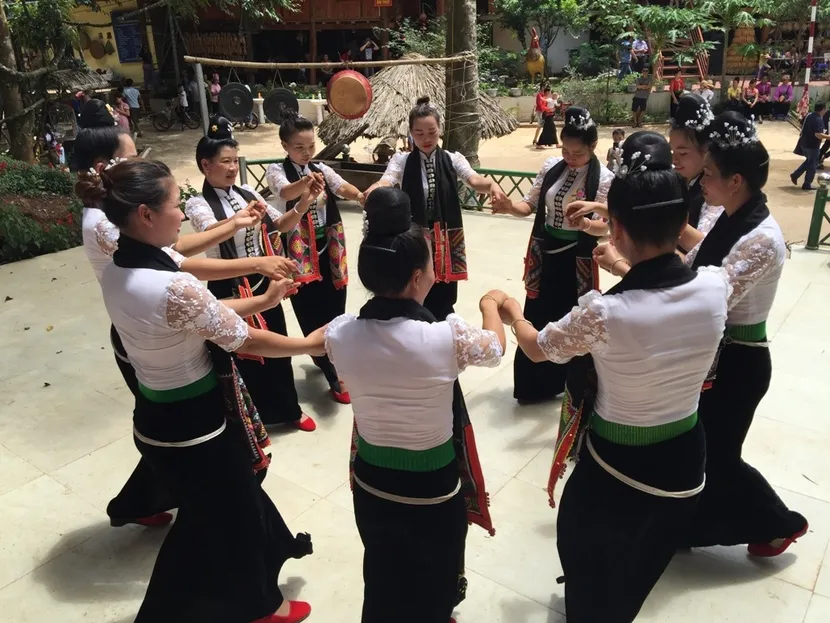
Xoe dance of Thai people in Mu Cang Chai
With their cultural beauty, the Hmong and Thai people in Mu Cang Chai have contributed to a colourful picture in the northwestern region of Vietnam. If you have a chance to visit the land, spend a few days discovering local culture as well as stunning nature.
See more:
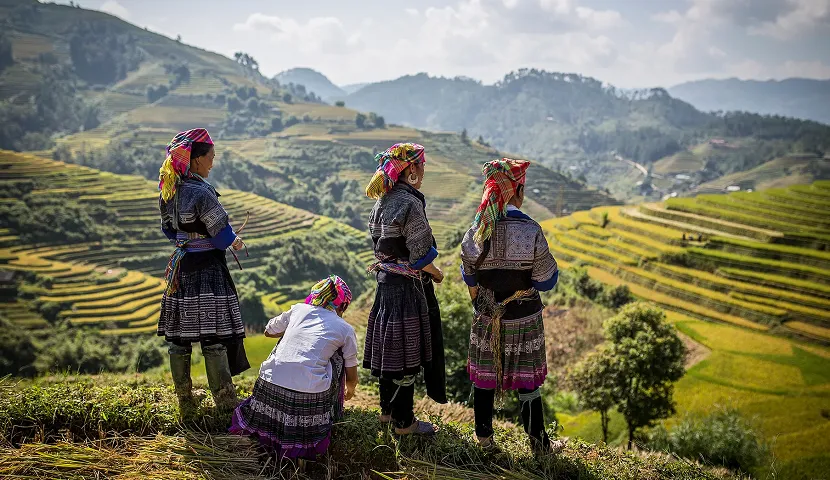








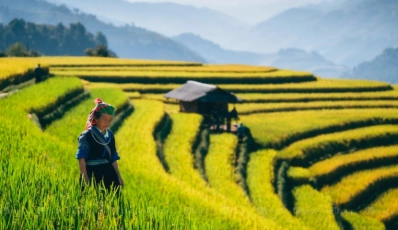
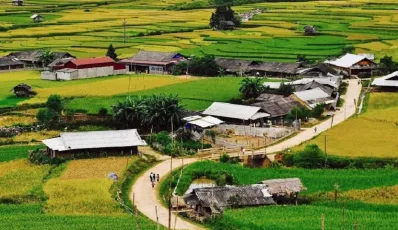
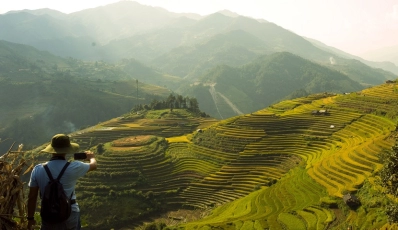
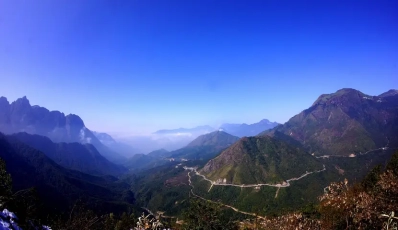
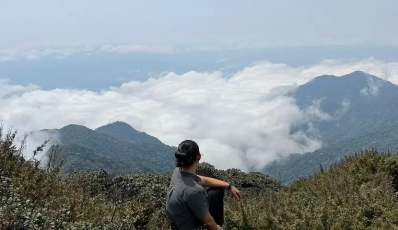
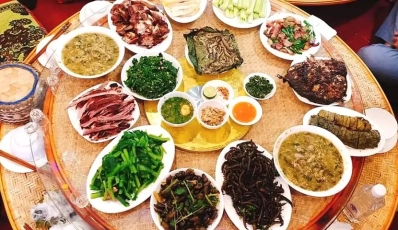

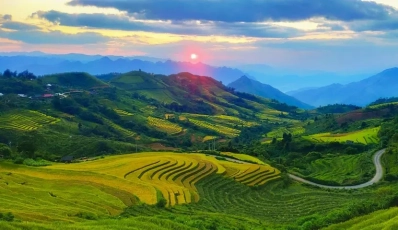




 TRAVELERS' CHOICE 2025
TRAVELERS' CHOICE 2025 


